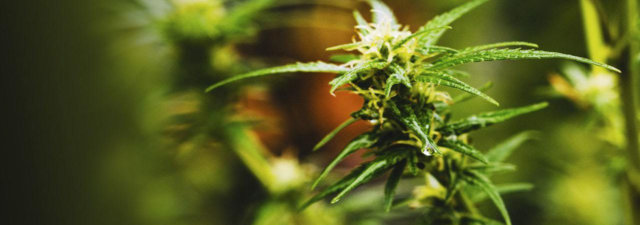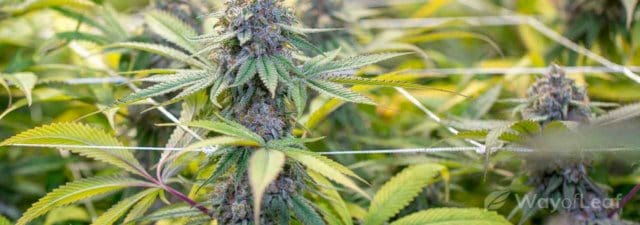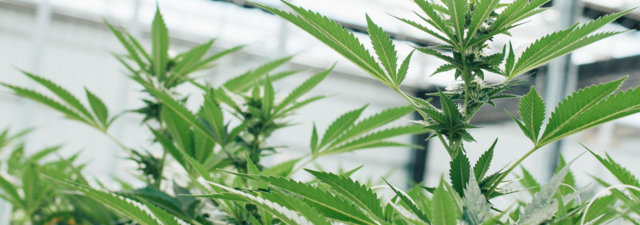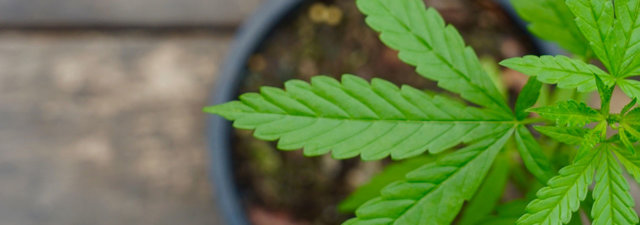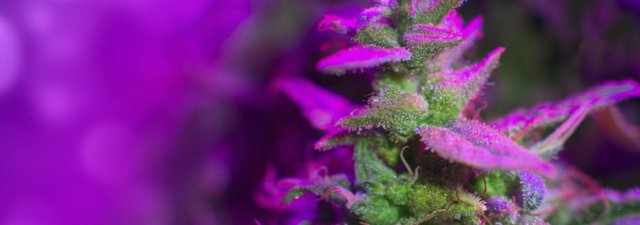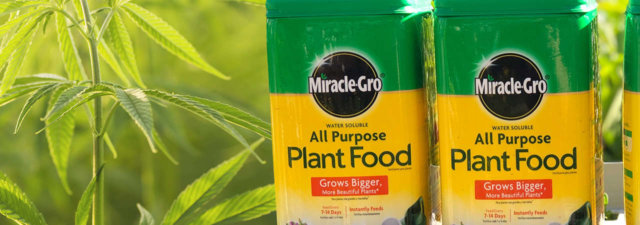“Without photosynthesis, the oxygen in the atmosphere would be depleted within several thousand years….”
-Wim Vermaas, “An Introduction to Photosynthesis and Its Applications”
This article briefly discusses how photosynthesis in marijuana works. If you feel you already have a general idea of how photosynthesis works for all plants, then the described processes will likely be nothing new to you. However, even if you are an expert on photosynthesis, you might learn a thing or two here with regard to where these chemical reactions take place in the marijuana plant.
So sit back, fire up your favorite weed-consuming apparatus, and enjoy. And like our old pal Bill Nye The Science Guy always says — “Science Rules!”
How Photosynthesis Works in Marijuana
So, for the total biology (or shall we say botany) rookies out there, let’s start out super simple. Basically, photosynthesis is the process that plants undergo to receive the energy needed to grow. Whereas most animals (humans included) have to ingest their food in order to convert it into energy, plants receive theirs directly from the sun.
(On a side note, this is called primary production because plants use the earth’s “primary” energy source (the sun) to convert water into sugar and sugar into energy. Secondary producers, on the other hand, are organisms that receive their energy from eating plants, and tertiary producers—like humans—are organisms that receive their energy from eating the animals that eat the plants.)
Anyway, back to photosynthesis. In order to understand how photosynthesis works in marijuana plants (or in any plants for that matter), we have to understand the fact that there is energy present in sunlight – the brighter and more intense the sunlight, the more energy is present (however, even on a cloudy day, there is usually more than enough sunlight present for plants to photosynthesize).
But how do marijuana plants capture this “sunlight energy?” Well, like all other plants, they capture it through specialized pigment structures called chlorophyll. With some exceptions, chlorophyll is the structure that causes plants (or at least their leaves) to be green in color.
Once the sun’s energy is captured or “harnessed” in the chlorophyll pigments, it is used to break down water and carbon dioxide molecules so that they can be converted into glucose (sugar) molecules for energy. (This is why it’s so important that plants be watered all the time!).
Also, as a refresher, it’s important to understand that opposite from us humans, plants actually “breathe” in carbon dioxide and expel oxygen. We, on the other hand, breathe in oxygen and expel carbon dioxide — the perfect balance of life. So here’s the very generalized chemical process of photosynthesis (maybe it’ll look familiar from your high school chemistry days!):
Sunlight (energy) + water (H2O) + Carbon dioxide (CO2) → Glucose (sugar, C6H12O6)
But where does this all take place specific to the cannabis plant — how does photosynthesis work in marijuana specifically?
Marijuana Plant Structures That Are Used for Photosynthesis
While all parts of the marijuana plant are important in their own unique way, it might be appropriate to call the plant’s fan leaves the single most important structure for photosynthesis. These are the long, iconic, deep-green pot leaves that have more or less become recognized as the universal “420” icon.
Since they are so long and skinny (or sometimes super broad in indica varieties), fan leaves have a lot of surface area, and thus a lot of chlorophyll. This allows them to maximize the amount of sunlight energy that they can harness (and ultimately the amount of sugar/glucose that they can produce for growth and reproduction).
Basically, marijuana has eight key “parts” or structures that you ought to be familiar with on a general level:
- Trichomes: These are those tiny, weird little crystals or frost-like structures that cover the flower buds in some species of cannabis. The ancient Greek word ‘trichoma’ actually translates to “growth of hair,” and this is where the production of all the “good stuff” in marijuana takes place – the cannabinoids (like THC and CBD), as well as other active compounds like terpenes and flavonoids.
- Pistil: This is the reproductive structure of the female marijuana plant and another component that’s jam-packed with mind-altering THC and other cannabinoids. It is the long, sometimes bright red hairs that we see all over particularly potent buds. Their main function is collecting pollen from male plants in order to produce seeds—in other words, to reproduce.
Coincidentally enough, male cannabis plants produce very little THC and thus can’t really get you high. A lot of hemp varieties are actually just male cannabis plants – this is where a lot of medicinal-grade CBD oils come from (hemp contains virtually no THC, but some varieties do contain enough CBD to be used as a natural medicine. Check out this article for more information on what CBD is and how it works in the body to relieve dozens of different conditions without producing a high).
- Stalk/Stem: Like all plants, the stalk and stem mainly provide structure and rigidity to the plant. They also transport nutrients and other compounds from the root system to the leaves.
- Seeds: OK, you know what a seed is, right? There are both male and female seeds in marijuana, and like we just mentioned earlier, the female ones are the ones we want if our primary goal is to get high. However, it is believed to be impossible to know whether or not a cannabis seed will produce a male or female plant – sometimes all the way up until the plant flowers.
- Calyx (buds): The calyx, or what we commonly refer to as the “buds,” are the flowers of the marijuana plant – the rockstar of the entire cannabis genus, if you will. This is the part that we break up and put in our grinder to roll up in a joint, pack in a bowl, or stuff in a vaporizer. It includes the pistil, trichomes, sugar leaves, and many other functional accessory structures.
- Sugar leaves: Not to be mistaken with the larger fan leaves (which typically have 5, 7, or 9 fingers), sugar leaves are the smaller single-finger leaves that grow out of the calyx or flowering bud. Most growers (and smokers) kind of view sugar leaves as a nuisance because they think they have to pick them out before the flower is “smokeable.”
However, they’re called ‘sugar’ leaves because, like the flower buds, they’re often covered in frost-like trichomes. As such, they can potentially produce an excellent high. A lot of growers, in fact, will trim them off and use them to make THC concentrates (like BHO wax), while others swear by just grinding them up and smoking them like regular buds. In the world of marijuana, what to do with sugar leaves is an ongoing (and probably never-ending) debate).
- Fan leaves: As we said, the main role of the fan leaves is to provide a site for photosynthesis in marijuana. Though they contain hardly any THC, they are jam-packed with chlorophyll and thus allow for loads of sunlight energy to be absorbed and converted into sugar for use by other parts of the plant.
Oddly enough, however, it’s known that chlorophyll produces a super harsh, terrible-tasting smoke, so pretty much all growers toss the fan leaves out after the cultivation of the buds.
Final Thoughts on How Photosynthesis Works in Marijuana
Well, it looks like this article turned into as much of a cannabis anatomy piece as it did a piece on actual photosynthesis in marijuana!
Regardless, though, hopefully, you now have a general understanding of how the photosynthetic process occurs in our beloved cannabis plant: primary energy from the sun is absorbed by chlorophyll pigments in the fan leaves, where it works to break down water and carbon dioxide molecules to produce the sugar (energy) needed for the plant to grow and reproduce!
Or, more appropriately, in order for the plant to be able to grow those big old buds for us to grind up and smoke!!
